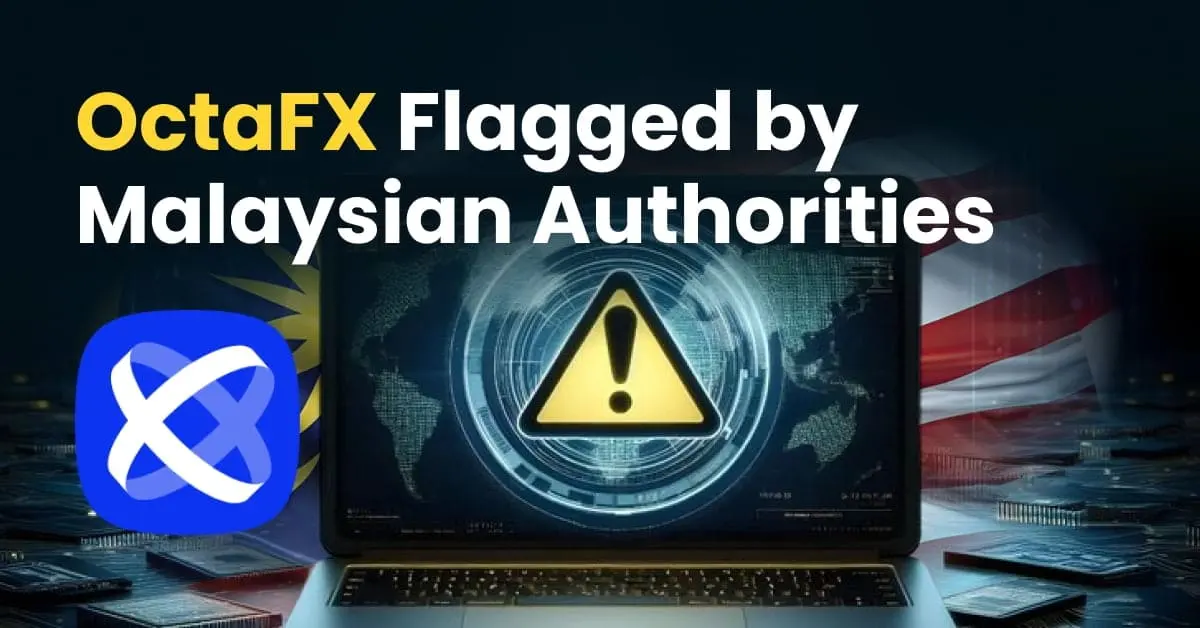简体中文
繁體中文
English
Pусский
日本語
ภาษาไทย
Tiếng Việt
Bahasa Indonesia
Español
हिन्दी
Filippiiniläinen
Français
Deutsch
Português
Türkçe
한국어
العربية
Voyager's Liquidation Gets the Nod from US Court
Abstract:The United States bankruptcy court approves the liquidation plans of Voyager Digital, a bankrupt crypto lender, allowing the company to conclude its reorganization efforts, refunding approximately 35% of customer deposits in crypto assets while FTX seeks to recover loan repayments made to Voyager, potentially benefiting its customers with a higher recovery rate of 63.74%.

The liquidation plans of Voyager Digital, a bankrupt crypto lender, have been authorized by a United States bankruptcy court. This approval, given by Judge Michael Wiles during a Manhattan hearing, allows Voyager to conclude its Chapter 11 reorganization efforts, as stated in court documents.
Voyager's legal team had previously announced that the company would undertake a self-liquidation process and cease operations after Binance.US withdrew from a proposed $1 billion acquisition of Voyager's assets. While the American branch of the prominent cryptocurrency exchange did not disclose a specific reason for backing out, it alluded to “the hostile and uncertain regulatory climate in the United States.”
Following the collapse of Terra-LUNA, which had a profound impact on the global cryptocurrency industry, Voyager filed for bankruptcy protection in July of the previous year. Prior to its downfall, the crypto lender had sent a default notice to Three Arrows Capital (3AC), based in Singapore, due to the latter's failure to make payments on a crypto loan exceeding $670 million. However, 3AC also faced challenges amidst the market downturn and was subsequently ordered by a court in the British Virgin Islands to liquidate its assets.
Furthermore, in September of the same year, FTX's US affiliate had initially secured a $1.4 billion agreement to acquire Voyager Digital's assets. However, the deal collapsed the following month following FTX's own financial difficulties.
In the latest court filing, Voyager Digital stated that it anticipates refunding approximately 35% of its customers' crypto deposits as part of the planned liquidation. According to Reuters, Judge Wiles' approval enables the bankrupt crypto lender to return around $1.33 billion worth of crypto assets to its customers.
Conversely, FTX, also facing bankruptcy, is actively pursuing the recovery of approximately $445.8 million in loan repayments made to Voyager prior to its demise. A successful outcome for Voyager in the litigation could potentially result in a higher recovery rate of 63.74% for its customers, as outlined in the court filing.

Disclaimer:
The views in this article only represent the author's personal views, and do not constitute investment advice on this platform. This platform does not guarantee the accuracy, completeness and timeliness of the information in the article, and will not be liable for any loss caused by the use of or reliance on the information in the article.
Read more

OctaFX Flagged by Malaysian Authorities
OctaFX has been officially listed on warning lists by both Bank Negara Malaysia (BNM) and the Securities Commission Malaysia (SC). These alerts raise serious concerns about the broker’s status and whether it is legally allowed to operate in Malaysia.

IronFX Broker Review 2025: A Comprehensive Analysis of Trustworthiness and Performance
IronFX Review 2025: Explore the broker’s AAAA WikiFX rating, global regulations, and $500,000 trading prize. Is it trustworthy or a scam? Dive into our transparent analysis!

TradingPRO: A Closer Look at Its Licences
In an industry where safety and transparency are essential, the regulatory status of online brokers has never been more important. For traders seeking to protect their capital, ensuring that a platform operates under recognised and stringent oversight can make all the difference. Keep reading to learn more about TradingPRO and its licenses.

New SEBI Regulations on Intraday Trading
The Securities and Exchange Board of India (SEBI) has implemented revised regulations on Intraday trading, with effect from November 20, 2024. These regulations are meant to lessen risks and prevent speculative trading practices.
WikiFX Broker
Latest News
SkyLine Guide 2025 Malaysia: 100 Esteemed Judges Successfully Assembled
Vantage Markets Review 2025: Trusted Forex and CFD Trading Since 2009
TradingPRO: A Closer Look at Its Licences
The world could be facing another ‘China shock,’ but it comes with a silver-lining
A Guide to Intraday Forex Trading You Can't Miss Out
CONSOB Blocks Access to 13 Unauthorized Investment Websites
Why STARTRADER Is Popular Among Traders?
New SEBI Regulations on Intraday Trading
Everything You need to know about Barath Trade
OctaFX Flagged by Malaysian Authorities
Currency Calculator


